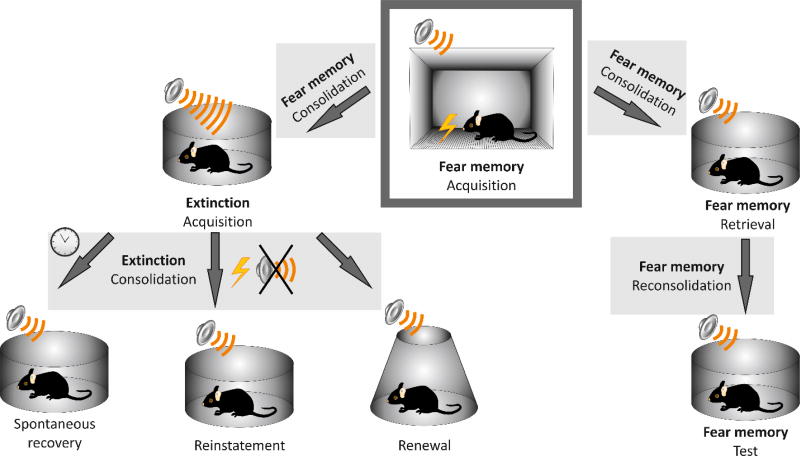Fig. 1. Mechanisms of threat (fear) conditioning and extinction.
Acquisition (initial learning during training sessions) of fear memory represents a training phase when an initially neutral stimulus (the conditioned stimulus or CS; in this example, an audible tone) is paired with an aversive stimulus (the unconditioned stimulus or US - electric foot shock). Following the training period, the conditioned fear memory goes through a consolidation phase. During this protein synthesis-dependent process, the newly acquired fear memory is converted into a long-term memory. Next, fear memory can be retrieved by presentation of the unreinforced CS or extinguished by repeated presentations of the CS. Retrieval of fear memory makes it transiently labile again and triggers another protein synthesis-dependent process known as memory reconsolidation (Nader et al., 2000). Fear memory reconsolidation is required to sustain the long-term memory; it may weaken or strengthen the original memory (Inda et al., 2011; Pedroso et al., 2013; Fukushima et al., 2014), therefore providing the window of opportunity for interventions aimed at suppressing the original fear memory (Li et al., 2013). Despite the fact that fear memory reconsolidation and extinction processes are initiated by the same stimulus (the unreinforced CS), they are mechanistically distinct processes which can be studied experimentally in isolation from each other (Eisenberg et al., 2003; Pedreira & Maldonado, 2003; Duvarci & Nader, 2004). The extinguished fear memory can return via three different mechanisms: spontaneous recovery (with the passage of time after fear conditioning), reinstatement (with an exposure to the initial US) or renewal (due to a change of extinction context) (Myers & Davis, 2007; Singewald et al., 2015).

